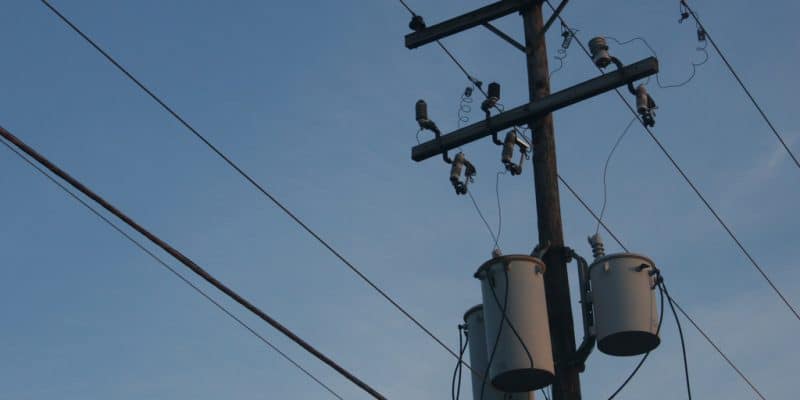The African Development Bank (AfDB) Group and the Green Climate Fund (GCF) will inject US$ 50 million to enable Zambia to diversify its energy sources, currently largely dominated by hydropower. In the coming months, one could witness the birth of mini solar power plants in this southern African country.
Southern African countries have experienced severe drought in recent months. This is the case in South Africa where this climatic phenomenon has caused a long water shortage. In Zambia, a country of more than 16 million people (2016, World Bank), the horrors of drought are more noticeable. The authorities already expect maize production to fall by 50%, but agriculture is not the only sector affected by the phenomenon. The level of the country’s rivers has fallen tragically, causing electricity production to fall. The authorities estimate that they accumulated a deficit of 400 MW throughout the dry season. However, the current electricity production (2 411 MW) does not cover the needs of the population.
It was therefore urgent to act by diversifying the country’s energy mix. This is precisely what the African Development Bank (AfDB) and the Green Climate Fund (GCF, the financial mechanism of the United Nations Framework Convention on Climate Change, editor’s note) have just done. They will provide $50 million to help Zambia achieve this goal. This is actually a response to the Zambian government which launched the Global Energy Transfer Feed-in Tariffs (REFiT) policy in 2017 to attract private investment for small-scale renewable energy projects (up to 20 MW).
Support for small renewable energy projects
It is important to note that the AfDB and GCF signed on November 8, 2017, an accreditation framework agreement between the two institutions. The pan-African financial institution is now an accredited GCF project implementer. The REFiT is therefore the first project to benefit from this partnership. To the $50 million loan, the GCF will add $2.5 million in technical assistance grants to the project.
The funds will mainly be used for the construction of solar mini power plants with a capacity of around 20 MW in the country. “This is an innovative financing framework that enables the transition to sustainable energy in Zambia, and an important step in our partnership with the GCF,” said Amadou Hott, African Development Bank Vice President in charge of Energy, Climate and Green Growth.
According to the US Agency for Global Economic Development and Humanitarian Assistance (USAID), Zambia has an installed capacity of 2,411 MW, almost all of which is hydropower. Currently, 25% of the urban population and 3% of the rural population have access to electricity. With regard to the project targeted by the AfDB and GCF, the Zambian government has already selected six separate areas for the development of mini-grids.
Jean Marie Takouleu






